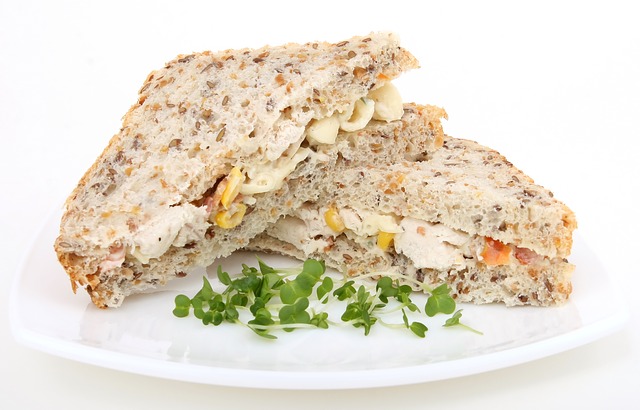Feeding In Games – Playing With Food
Many of us like to play video games like the trending coin master that makes many players seek for free coin master spins to level up in the game. But many of us also like to play video games about food. Much like the games Pac-Man and Don’t Starve.
In Pac-Man the character eats his way through a labyrinth, in The Legend of Zelda the hero is happy about his curry. Eating has always been an issue in computer games. From the outside it must all look pretty ridiculous: a turkey is clattering towards the sunset. And behind it: me. With an ax. Hungry. Drooling.
This is Don’t Starve, in German: Don’t starve. Don’t Starve was released in 2013, became a hit and was partly responsible for the success of a genre that would change video games: survival. Games in which satisfying your own hunger was a central part. But actually, food has always been an important part of video games.
In 1980 the character Pac-Man eats his way through a maze full of snacks and devours cherries in search of the high score. In 1992, Jump’n’Run Zool, a ninja, hops through colorful worlds of sweets so that children ask for a specific brand of lollipop at the checkout. And in 2007 Cooking Mama on Nintendo’s Wii, players shake the controller to simulate how potatoes are peeled.
Eating in the game often follows a capitalist logic
Today we starve to death in survival games, cook together with friends in the party game Overcooked, mash donuts in the art project Nour.
At the same time, Tbe’s exhibition “You don’t play with food” also shows the limited function that food has played in play, but also in our social perception: food as a source of life, i.e. as pure calorie; Food as an economic commodity; Eating as a job. Food in the game often follows a capitalist logic: food is a function, food is a duty, food is fuel.
But where is the enjoyment?
“It has its limits, which may be due to conveying olfactory qualities in computer games at all, there might still be a great development with virtual reality ahead of us …”
Unlikely. It is to be hoped that game developers will draw inspiration from Japanese games that celebrate the aesthetics, the beauty and the enjoyment of food. For example here, in Monster Hunter World, where cat chefs prepare dishes that look so delicious with melting cheese and dripping gravy that a real Monster Hunter restaurant recently opened in Tokyo.
Or how enjoyable the hero in Zelda: Breath of the Wild pats himself on the stomach when his campfire curry is particularly successful. Here, eating overcomes high-score logic in the game. These are moments that many too rarely experience in the real world. Meanwhile, Mascha Tobe hopes for a completely different development.
There is no critical examination of food
“So that there are more games that draw attention to how much … food as a political issue … our body as what we show society is connected, how much the two are interdependent and how much pressure it can put on individuals . “
Games that question our relationship with food. Which also show the political dimension of food. Complicated. Unpleasant. Definitely not a pleasure. No wonder that for years game developers preferred to let Pac-Man cram dot pills and cherries into them without worries, while we pushed aside the thought of the origin of the euro steak. But maybe that’s the next level in video game culture: Not just depicting food, but critically examining it.


